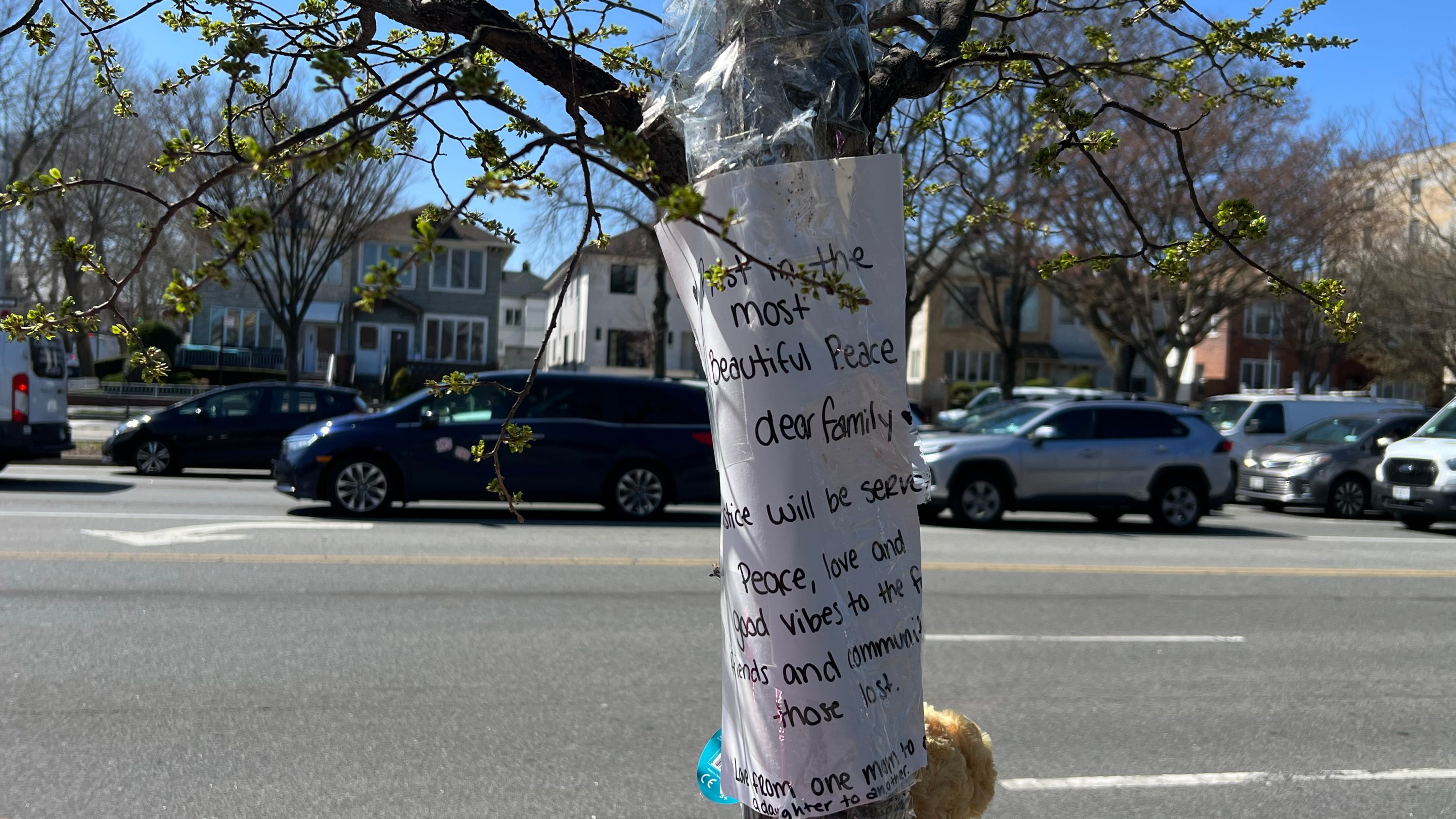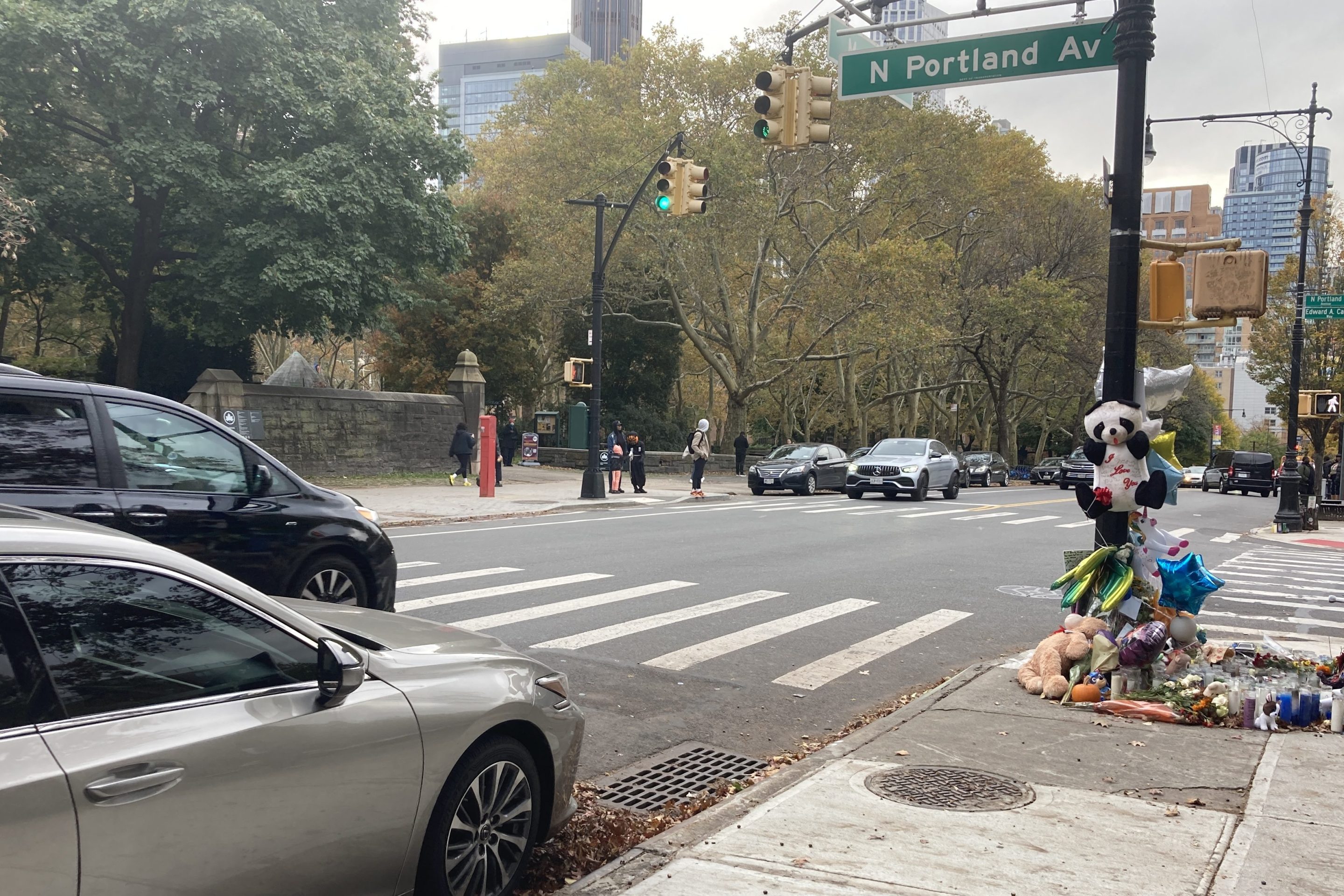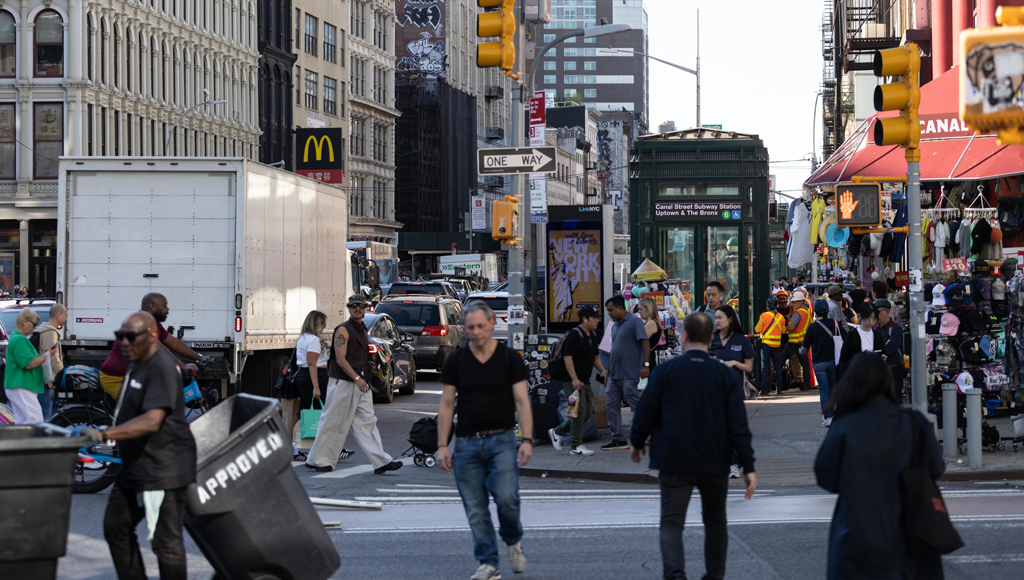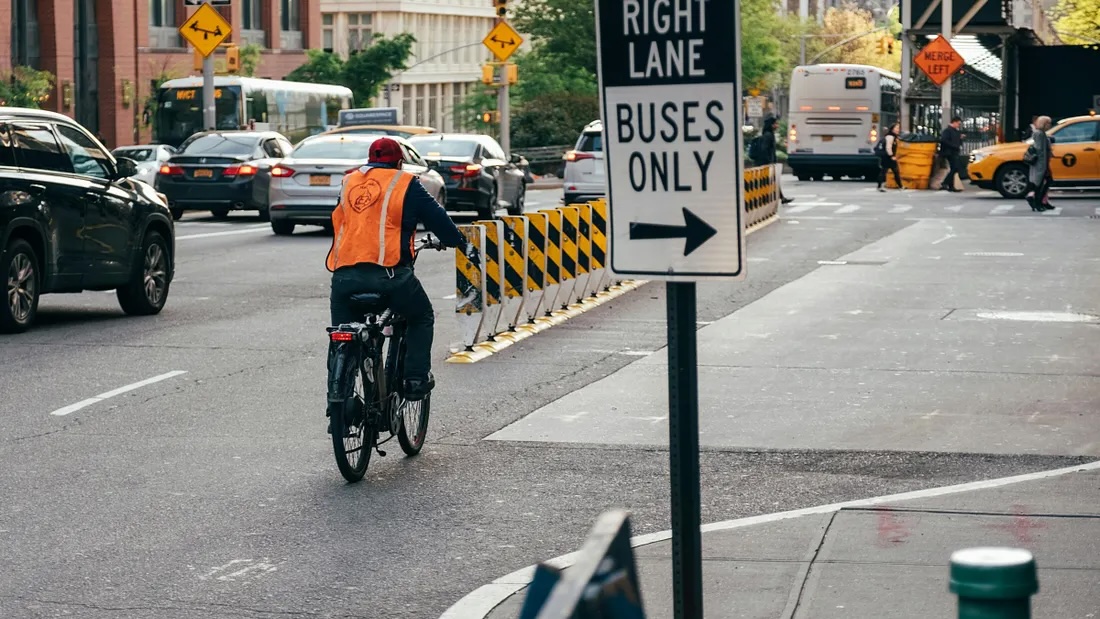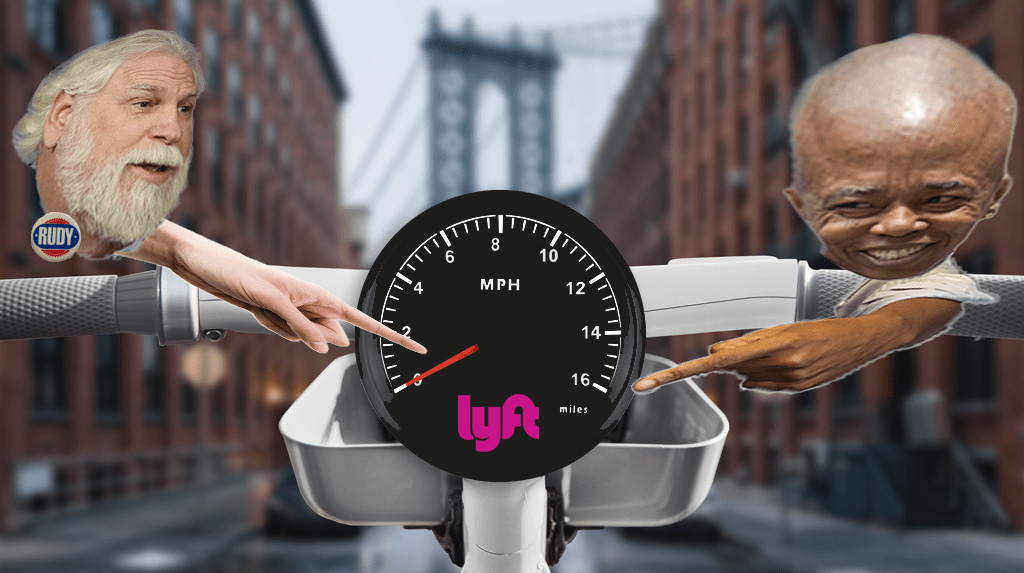The name itself reveals the problem.
Road violence on Ocean Parkway is at its highest levels of the Vision Zero era — and despite millions of dollars of state safety improvements and city speed camera installations, the roadway remains a six-lane highway through one of the densest residential communities in the city.
That Robert Moses-era design remains the problem and, indeed, is implicated in last Saturday's fatal crash, when a driver was able to get up to what cops estimate was 50 miles per hour to bash through an intersection and run down four people, killing three of them.
Such high-speed crashes are common on the speedway. Last year, 297 people were injured on Ocean Parkway — the highest body count on that road since 2013, the year before then-Mayor Bill de Blasio took office and made reducing traffic fatalities and injuries a citywide commitment.
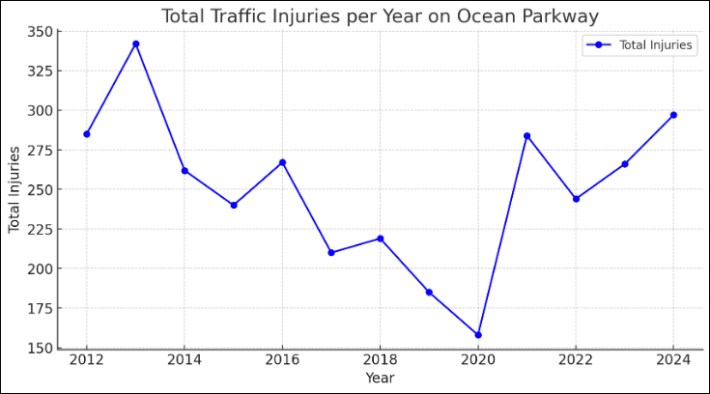
The rise in injury-causing crashes, which began in 2021, followed years of improved safety on Ocean Parkway as the state Department of Transportation made small design tweaks and the city installed speed cameras on the corridor.
State DOT's work focused primarily on banning turns at certain intersections. The state also installed 159 new pedestrian countdown signals and six speed display signs, and replaced six stop signs with traffic lights. At 10 intersections, the project added "high visibility crosswalks."
At the same time, city DOT rolled out speed cameras and leading pedestrian intervals at points along the corridor.
All of those changes yielded safety improvements — the intersections targeted by state DOT all saw drops in crashes with injuries in the 2019 to 2024 period compared to the years 2012 to 2017, according to city data.
But state DOT's efforts could have gone even further with their redesign efforts a decade ago were it not for local opposition — amplified by some of the city's most powerful politicians. A city DOT report on pedestrian safety in 2010 targeted two-way arterials to be "tamed" with a "full toolbox of design options," but officials did not bother to remove any travel lanes on Ocean Parkway. Traffic injuries began to increase in 2021, the data show.
Ocean Parkway today remains treacherous for the people who travel by foot or bike as speeding drivers continue to wreak havoc. In 2023, a speeding 17-year-old driver jumped the curb and struck and killed 76-year-old Milorad Rajacic with his Tesla at Ocean Parkway and Avenue M. In 2022, a driver struck a motorcyclist turning left off Ocean Parkway onto Avenue N; the victim succumbed to his injuries a few months later. That same year, a driver struck and dragged a pedestrian at Neptune Avenue, killing him. In 2021, 90-year-old Rahel Guindi died after a driver struck her and another woman at Avenue U.
Speed camera enforcement on Ocean Parkway underscores the way the roadway encourages lead-footed driving — in 2021, the corridor had some of Brooklyn's highest rates of speed camera violations. The camera closest to Saturday's crash issued roughly 62 tickets per day that year — and in those days, the cameras weren't even operating 24/7.
“When I cross the street, I’m scared,” Zoya Grigryan, who was walking along Ocean Parkway with her grandson in a stroller on Sunday, told Streetsblog. “People lost their lives, two kids, a mother. My heart is in pain. After that, I can't relax, I’m just thinking and thinking. This is not a joke.”
NYPD has increased enforcement on the corridor this year. Through March 30, cops gave out 2,203 moving violations and 1,482 "Vision Zero summonses," compared to 584 ands 293, respectively, over the same period last year, police officials said. That wasn't enough to stop Miriam Yarimi, a driver with a suspended license, from tearing down the strip and killing the Saada family.
"To really change driver behavior, you have to go in with some pretty significant changes," said Bike New York Advocacy Director Jon Orcutt, the DOT policy director when that 2010 was written. "Anti-social driving is much worse since Covid. ... The idea that you're going to get caught doing something stupid or dangerous in a car is much less. People know that. Bad driving is just going in circles around what we do for street design."
As Bklyner reported in 2014, state DOT withdrew proposals for mid-block crosswalks and pedestrian islands on the corridor after one community board member claimed the safety features would "impede safety and slow down all emergency vehicles." The agency also cut back the number of leading pedestrian internals from nine to two — though more have gone in since.
Local opposition likely played a role in what the state ultimately decided to do — or more importantly, not to do — on the corridor. Even the turn bans were controversial — local elected officials rallied to fight them, even earning the support of then-Public Advocate and future state Attorney General Letitia James in their fight against the changes.
That opposition continues to this day. Assembly Member Michael Novakhov recently told Streetsblog he thinks the speed limit is too slow on Ocean Parkway. State Sen. Simcha Felder, who is about to join the City Council, tried in 2018 to make the speed limit on the corridor 30 mph, or 5 mph above the citywide speed limit. After the crash that killed Saada and her three kids, Felder said critics who want more aggressive traffic safety policies are "using [the] tragedy as an opportunity to advance their agenda."
A spokesman for the city Department of Transportation pledged to work with the state "to improve safety in the wake of this horrific crash."
“Over the course of Vizion Zero, NYC DOT has worked to reduce speeding and red-light running and has implemented safety upgrades at intersections that improve pedestrian visibility and slow turning drivers — all in concert with NYS DOT, as Ocean Parkway is a state road," said the spokesman, Vin Barone.
Barone specifically cited the leading pedestrian intervals and a single raise crosswalk, along with speed cameras and turn bans, among the city and state's safety efforts on the corridor.
Locals say more must be done.
"I do not believe that cameras will enforce the law and stop people from speeding," one resident, Stephanie Benshimol, shared in the comments on a recent Streetsblog social media post. "Yes I do see the police pulling over many cars, but they cannot stop everyone who is speeding."
Reporting by Sophia Lebowitz
